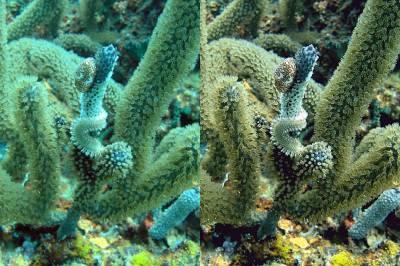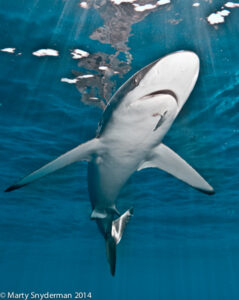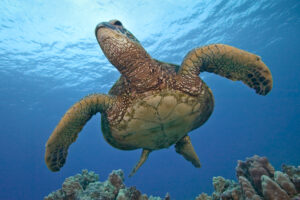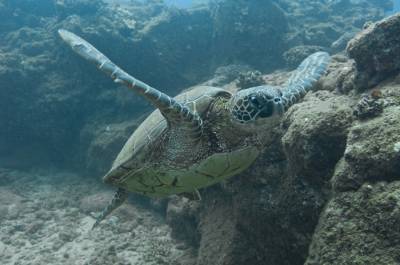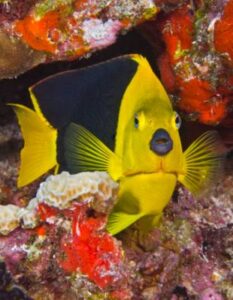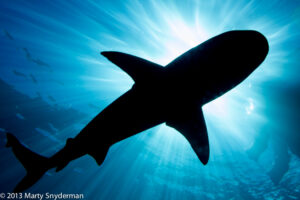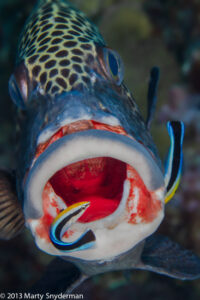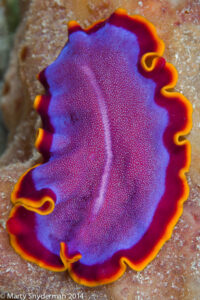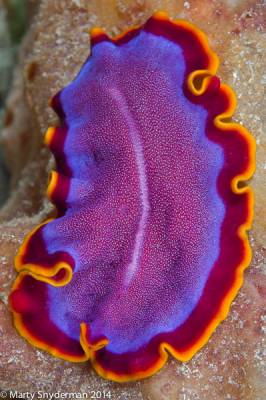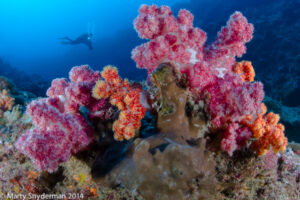Your cart is currently empty!

Software brings back color and clarity to old photos with one click
“With digital technology, pictures can be scanned and improved by businesses specializing in genealogy, scrapbooking, and photography right in the shop. Vivid-Pix RESTORE is also suitable for hobbyists and amateurs. -- Rick Voight, CEO, Vivid-Pix"
Atlanta, GA (PRWEB) February 03, 2016
Vivid-Pix, the inventor of underwater-image improvement software, has expanded its portfolio with the release of...


